The Second Cold War
-
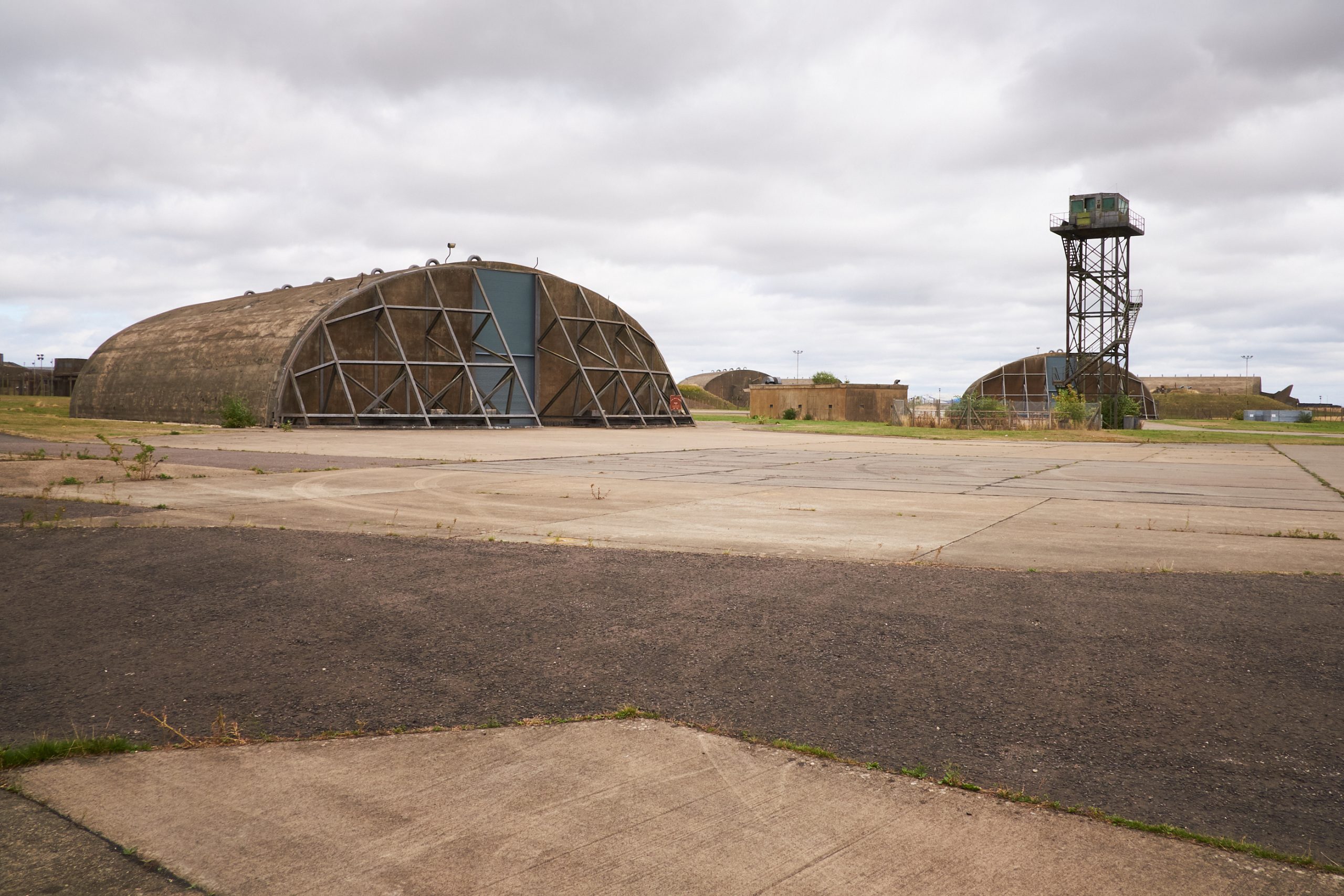
RAF Upper Heyford: A Stark Reminder of Cold War Brinkmanship
During its peak, Upper Heyford symbolised the fragile doctrine of Mutually Assured Destruction (MAD). Its F-111 bombers, capable of delivering nuclear annihilation, stood as both a deterrent and a target. The airbase was designed not for survival, but for retaliation—its hardened shelters and sprawling runways prepared for a war that could never be won. Today,…
-

Are We Already in a New Cold War?
There are three ‘markers’ that a Second Cold War has begun: While the world has changed politically and economically a great deal since the 1960s, 1970s, and 1980s, the military strategy of Mutually Assured Destruction with ‘peace’ being sustained through fear continues to be relied upon.
-

Military Build-Up
The Cold War’s arms race wasted untold billions on weapons of mass destruction. Today, the same patterns are emerging. China’s nuclear arsenal is expanding rapidly, the US has redeployed missiles to Europe, and NATO is strengthening its military presence near Russia’s borders. The echoes of the past are undeniable—Upper Heyford itself could easily be imagined…
-
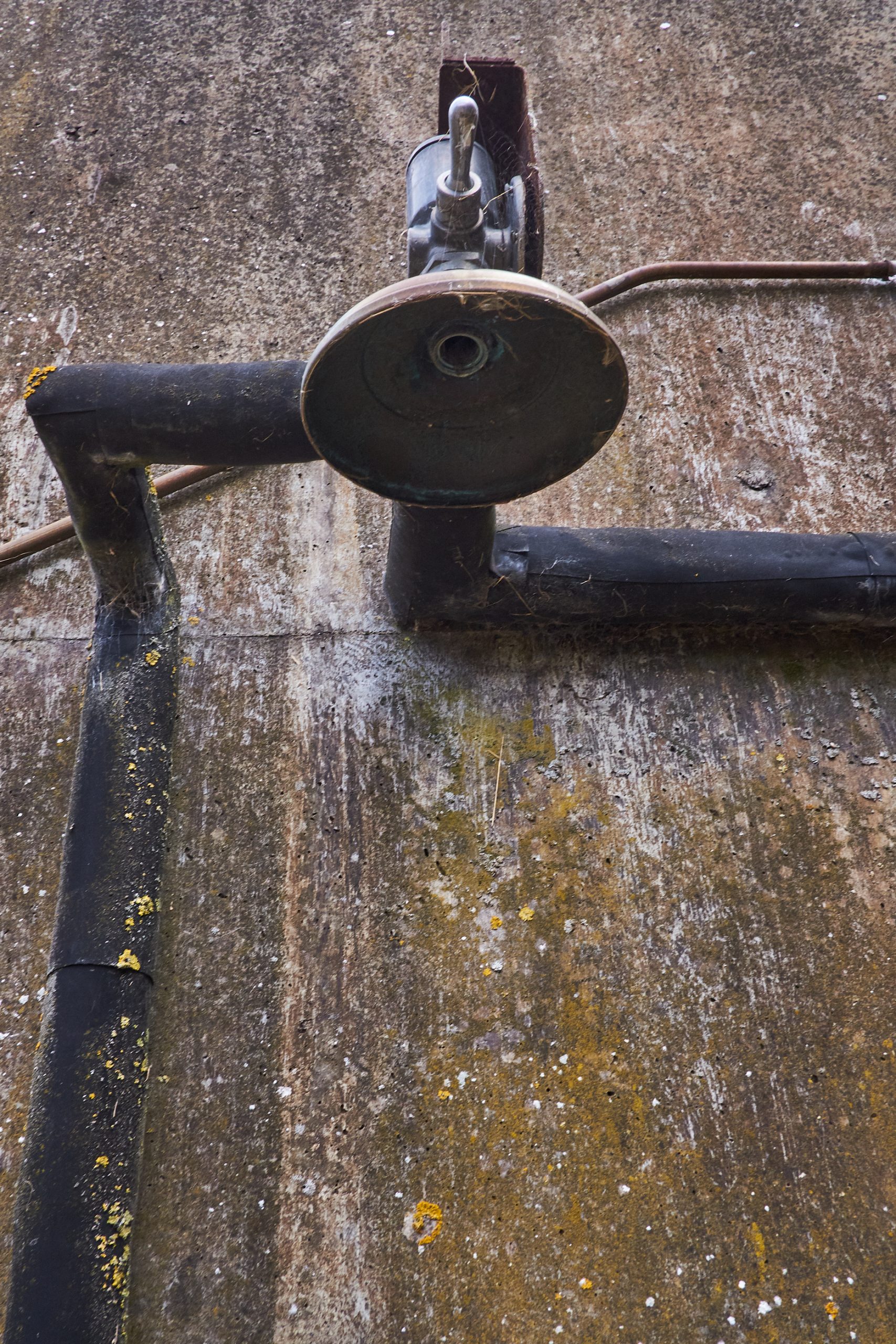
Escalating Geopolitical Tensions
The world is increasingly divided. The United States and China are locked in a fierce struggle for dominance, competing over technology, trade, and military influence. Russia’s invasion of Ukraine has reignited conflicts in Europe, while alliances between Russia, China, and Iran signal a growing anti-Western bloc. These dynamics eerily mirror the Cold War’s blocs, with…
-
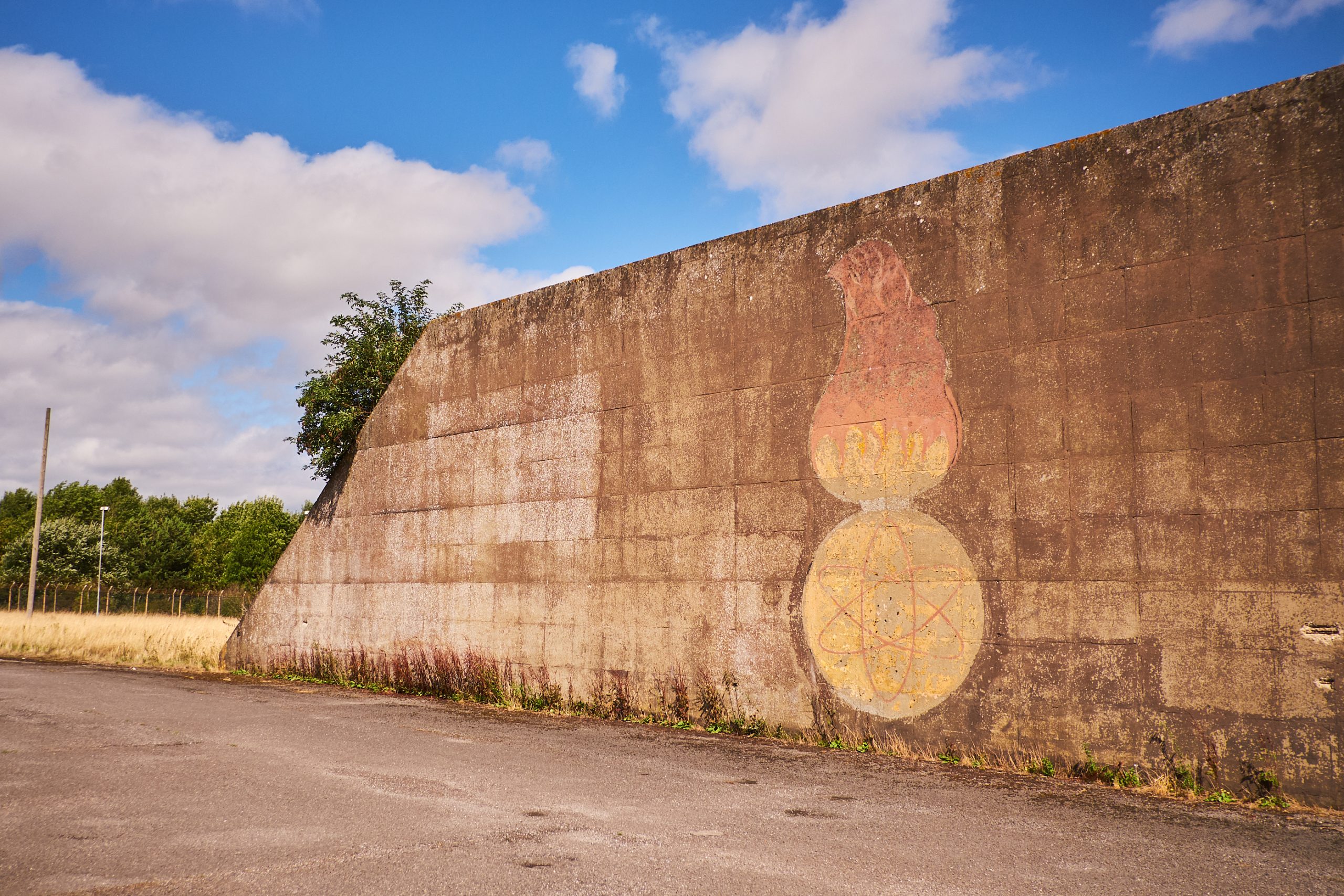
Economic & Technological Rivalry
The Cold War drove innovation but also deepened divisions. Today, the same competition is playing out in artificial intelligence, quantum computing, and 5G technology. Nations are fragmenting global supply chains along geopolitical lines, creating new blocs of economic and technological rivalry. The consequences could destabilise not only governments but the lives of ordinary people worldwide.
-
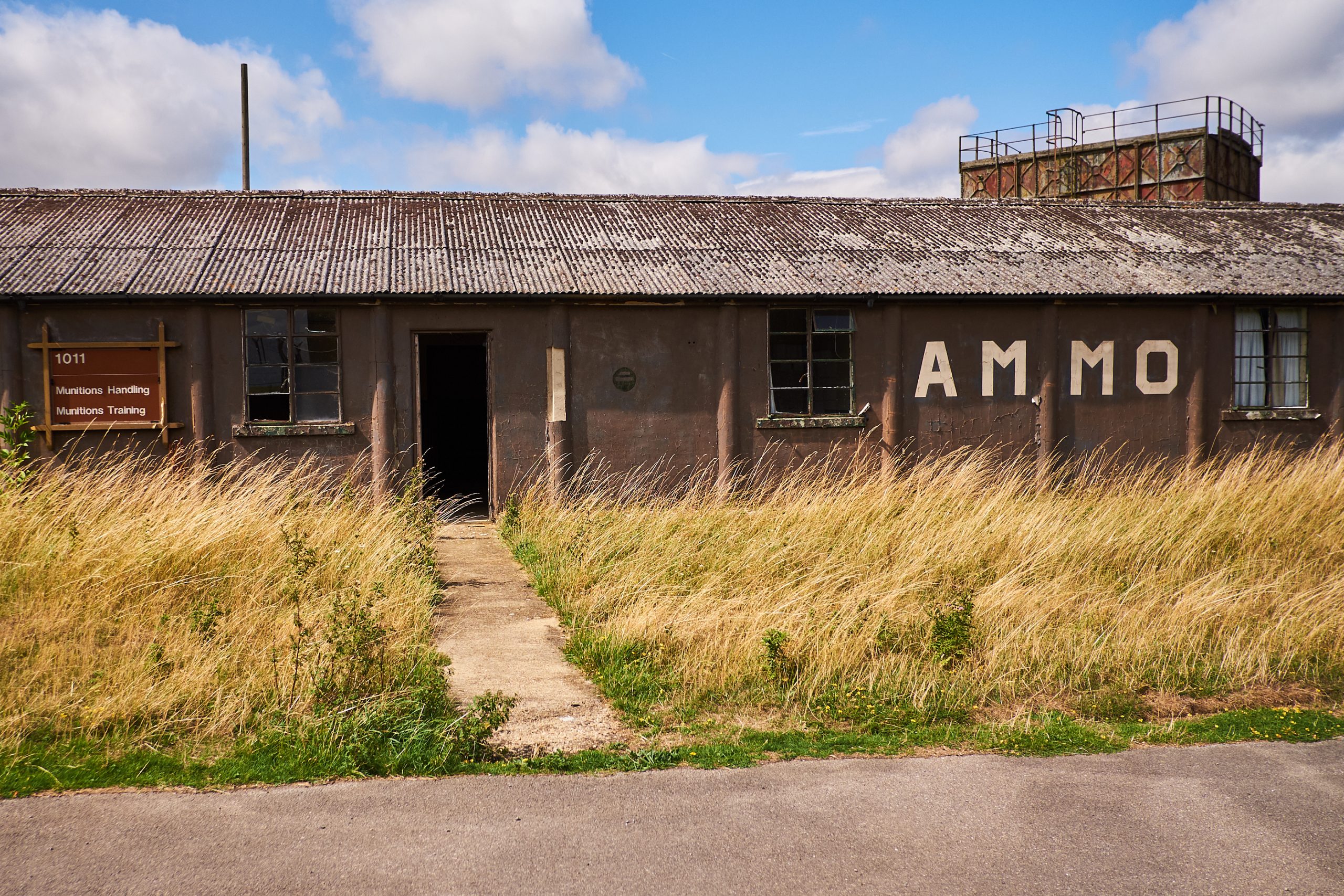
A Five-Point Plan to Stop the Cycle
The warnings of Upper Heyford are clear, but warnings mean nothing without action. We are on the brink of a new Cold War—or worse—and the time to change course is now. Here are five actions that we can each, in our own way, pursue for peace…
-
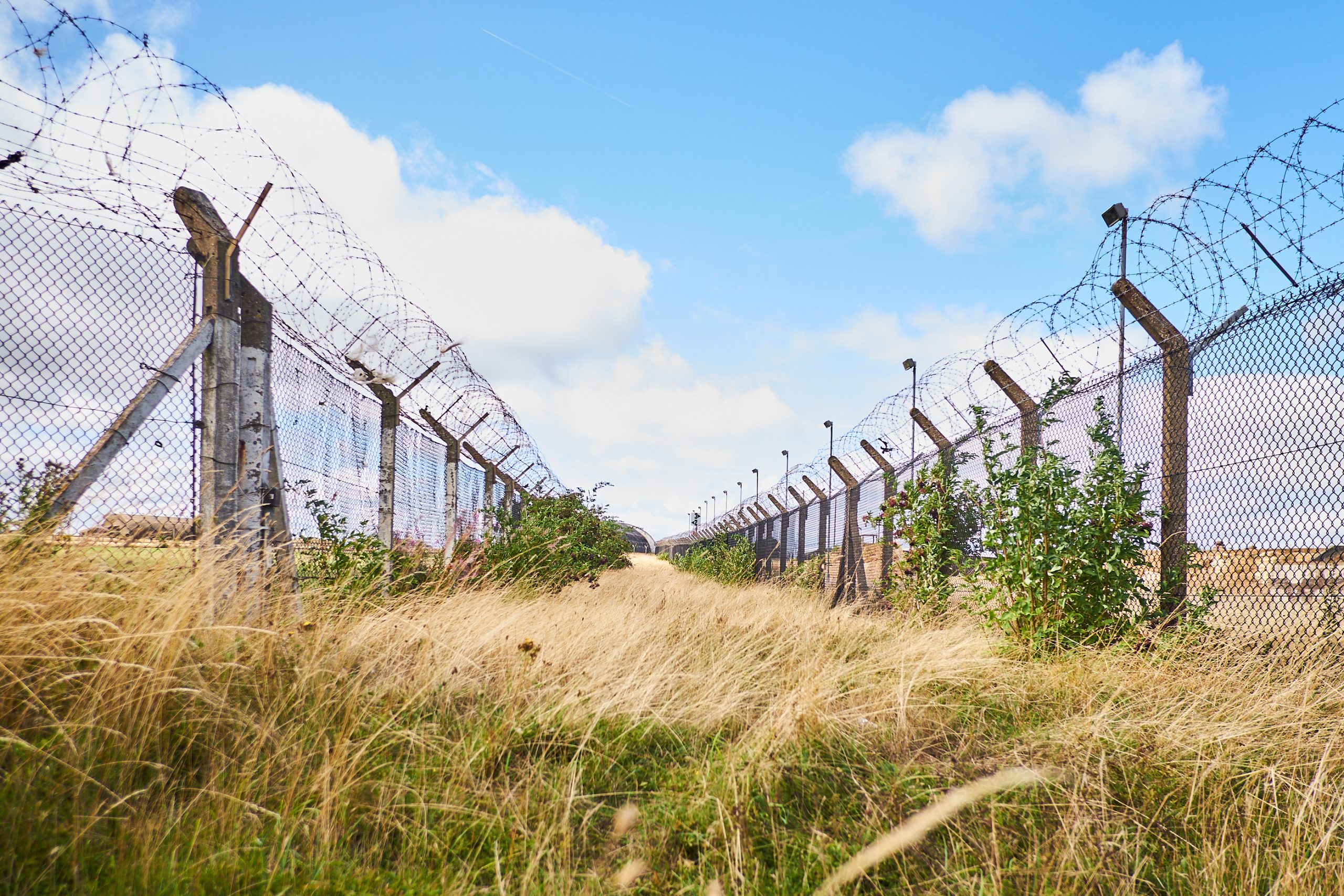
1) Demand Immediate Diplomacy
Governments must prioritise dialogue over confrontation and provocation. Citizens must hold leaders accountable, pressing for negotiations and peace talks. While some diplomacy must be ‘behind closed doors’, there is also a need for transparent efforts at all levels. Support grassroots movements for peace. These campaigns played a vital role during the Cold War and can…
-
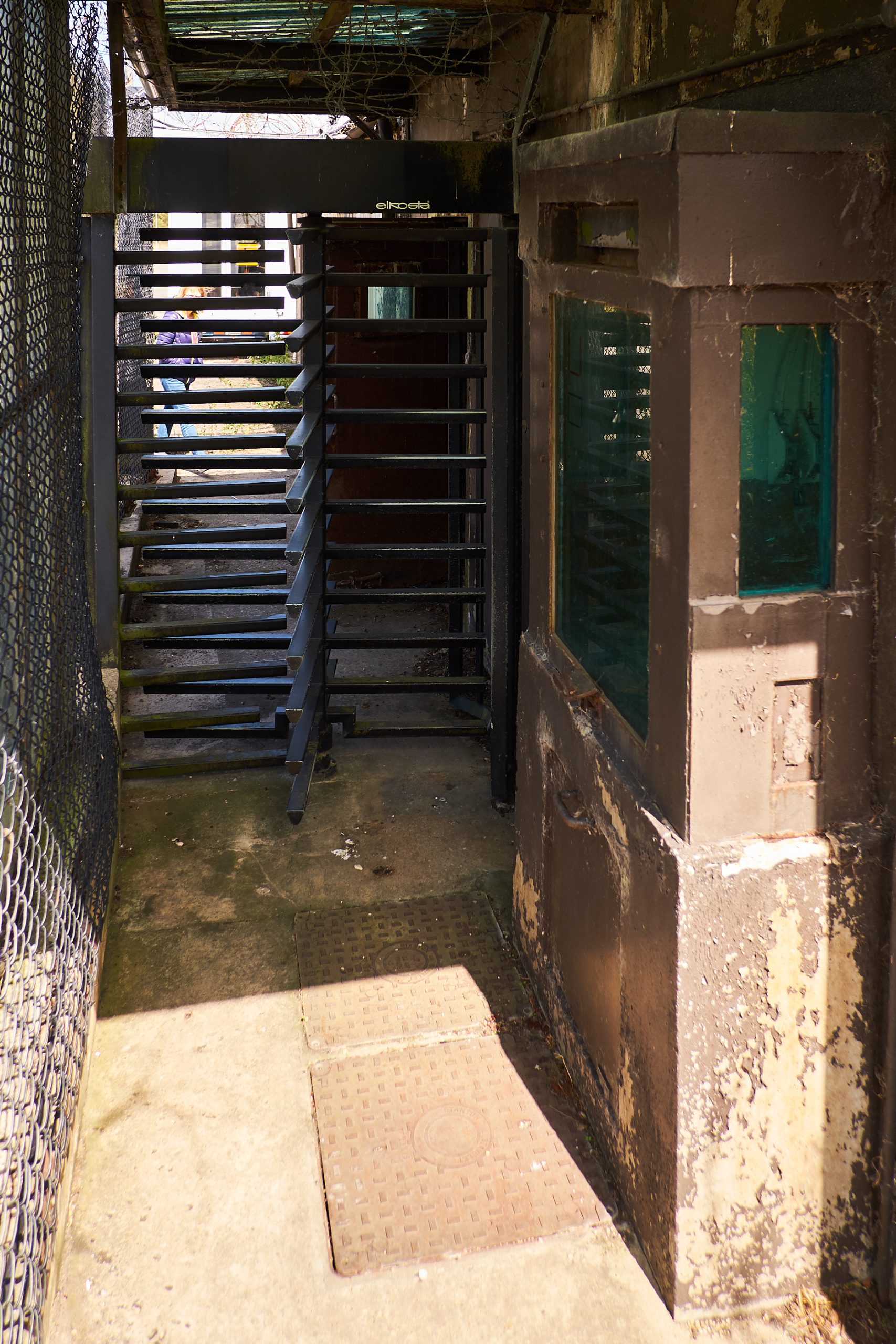
2) Fight Militarisation
Challenge defence budgets. Excessive spending on weapons fuels tensions without solving underlying problems. Demand accountability and transparency. Push for nuclear disarmament. The world’s nuclear arsenals remain a ticking time bomb. Campaign for arms reduction and treaties to prevent proliferation.
-
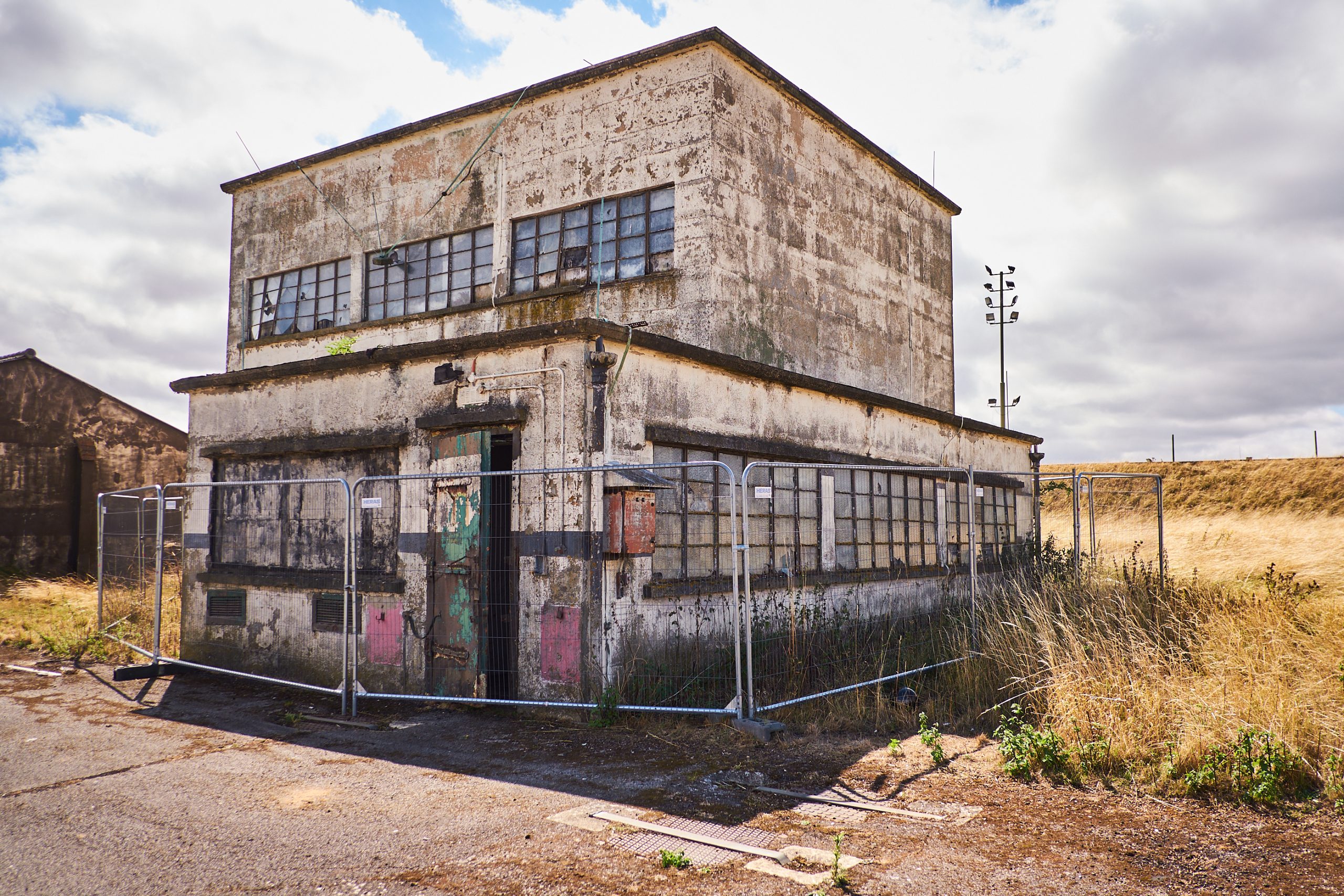
3) Preserve and Learn from Cold War Heritage
Sites like Upper Heyford must not be forgotten. Preserve them as educational tools that demonstrate the costs of rivalry and the fragility of peace. Use these sites for community discussions and international exchanges to promote understanding and collaboration.
-
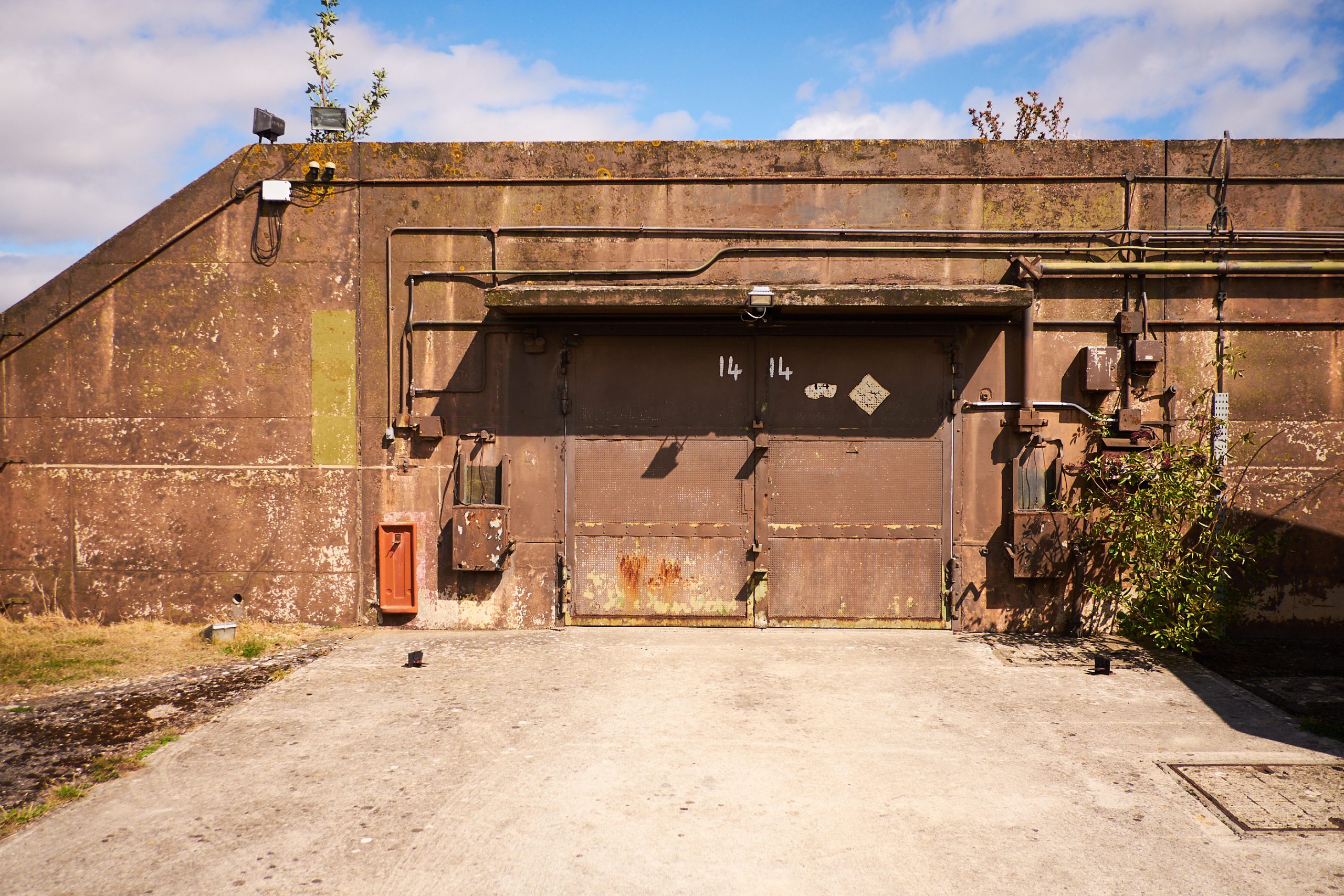
4) Build Global Bridges
Foster international connections. Encourage cultural exchanges, scientific collaboration, and cooperative initiatives that counter divisive narratives. Tackle shared global threats together. Issues like climate change, pandemics, and cybersecurity require cooperation—not division.
-

5) Resist Polarisation
Engage critically with information. Misinformation and propaganda thrive in times of tension. Promote accurate reporting and critical thinking. Promote dialogue within communities. Local peacebuilding efforts can have a ripple effect on broader global relations.
-
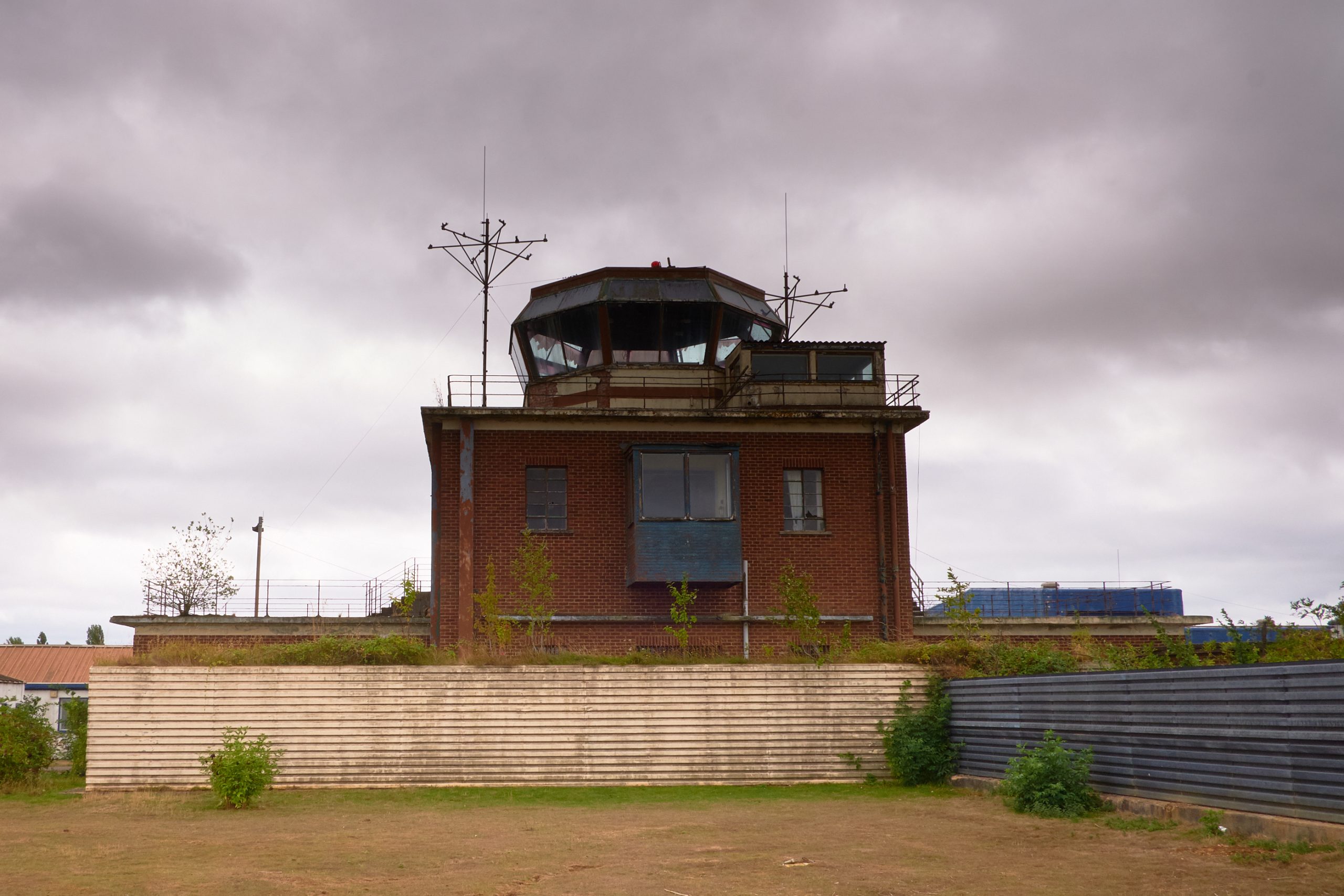
A Final Warning from Upper Heyford
RAF Upper Heyford stands as a decaying monument to humanity’s capacity for destruction—but also to its potential for change. The Cold War could have ended in nuclear annihilation, yet it didn’t. Leaders chose dialogue, citizens demanded peace, and cooperation prevailed over division. Those choices were hard-won, and they must be made again. The urgency cannot…
-
Further Information
My work as an academic and photographer focuses on exploring the intersections of human experience – both psychological and sociological – especially of power and its consequences. In 2018, a visit to RAF Upper Heyford profoundly moved me. The sheer scale of the site and the starkness of its decaying architecture revealed the immense investment—both…